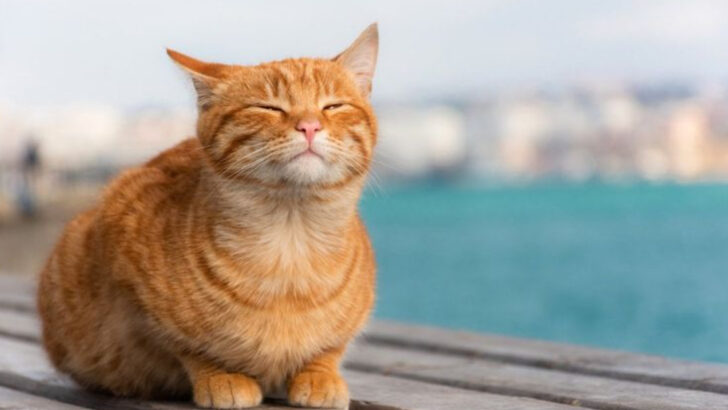Allowing your indoor cat to venture outside can be a difficult decision. While the outdoors offer exciting experiences, it also comes with challenges that require attention.
This blog examines five pros and five cons of letting your indoor cat explore the world beyond your home. Each aspect is carefully detailed, keeping in mind your cat’s well-being and happiness.
From providing mental stimulation to facing potential risks, we delve into the various facets of this significant choice.
Read on to weigh these factors and make an informed decision for your feline friend.
Pro: Mental Stimulation
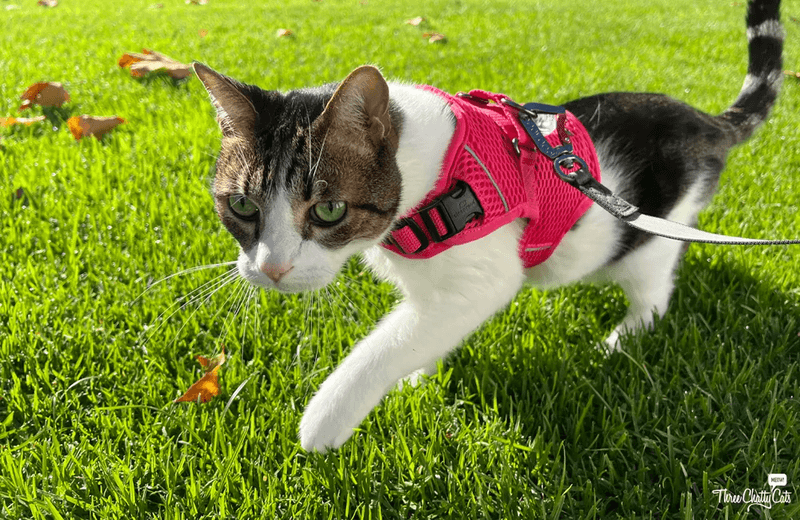
Curiosity is a natural trait for cats, and the outdoors offers a plethora of stimulating experiences that indoor environments may lack. Picture your feline friend chasing a fluttering butterfly or soaking up the sun on a warm rock. Such experiences provide them with mental stimulation that keeps their minds sharp and engaged.
Outdoor adventures can also help alleviate boredom and prevent behavioral problems such as scratching or excessive meowing. Fresh scents, new sights, and diverse sounds can enrich their sensory experiences. Embrace the joy of discovery as your cat navigates the vibrant world outside.
Pro: Physical Exercise

The outdoors is a playground for cats, offering ample opportunities for physical activity. Climbing trees, chasing insects, or simply running on grass can enhance their fitness levels. This exercise helps in maintaining a healthy weight, reducing the risk of obesity-related issues.
Cats that exercise regularly tend to have stronger muscles and better overall health. The freedom to move and pounce fosters agility and dexterity. Watching your cat leap and bound through the yard is not only delightful but also beneficial for their physical well-being. Encourage this lively playtime for a happier pet.
Pro: Natural Instincts
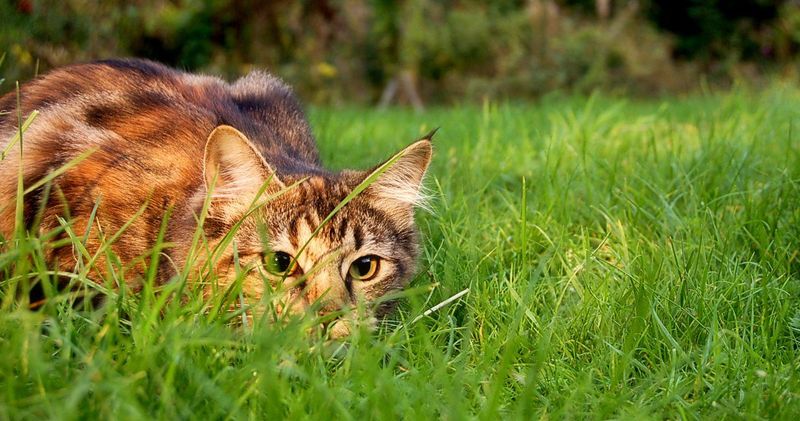
Cats are natural hunters, and the outdoors provides them the perfect venue to hone their instincts. Imagine your indoor cat experiencing the thrill of stalking a mouse or watching birds from a distance. These activities sharpen their hunting skills, which are deeply ingrained in their DNA.
Engaging in such natural behaviors satisfies their innate curiosity and enhances their confidence. Allowing them to practice these instincts can prevent frustration and stress. Witnessing your cat’s predatory prowess is a reminder of their wild ancestry and connects them with their natural heritage.
Pro: Sunlight and Fresh Air
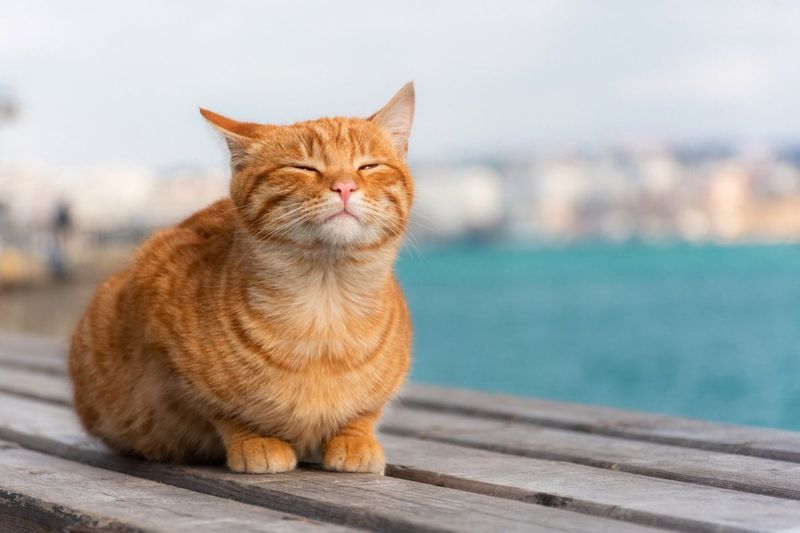
Nothing beats the natural warmth of the sun and a gentle breeze to invigorate the senses. Cats thrive in sunlight, which helps with the synthesis of Vitamin D. Lying in a sunny spot can boost their mood and energy levels while offering a relaxing escape from indoor monotony.
Exposure to fresh air also enhances a cat’s respiratory health. A regular dose of the outdoors can provide them with the serenity and relaxation they crave. Picture your feline basking in the sunlight, content and at ease. It’s a simple pleasure that enriches their life.
Pro: Social Interaction
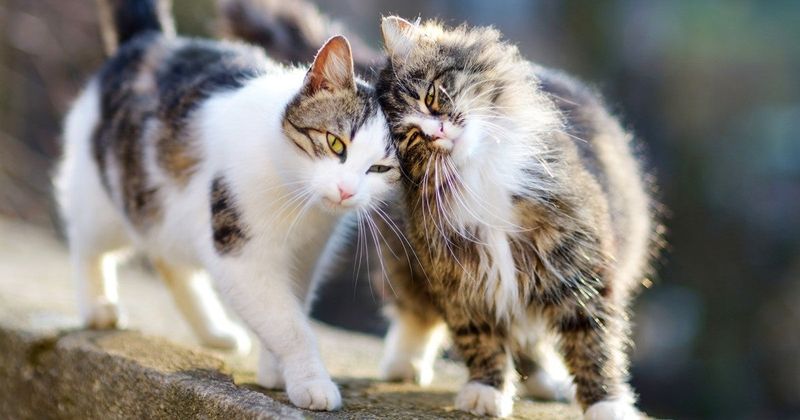
Outdoor excursions open up a new world of social interactions for cats. Meeting other feline friends can enhance their social skills and reduce feelings of isolation. These interactions are opportunities for playful engagements, improving their emotional health.
Building relationships with other animals or even neighborhood humans can add variety to their routine. As they socialize, they learn to communicate and express themselves better. Witnessing the camaraderie among cats can be heartwarming and engaging, enriching their social lives and providing new friendships.
Con: Safety Concerns
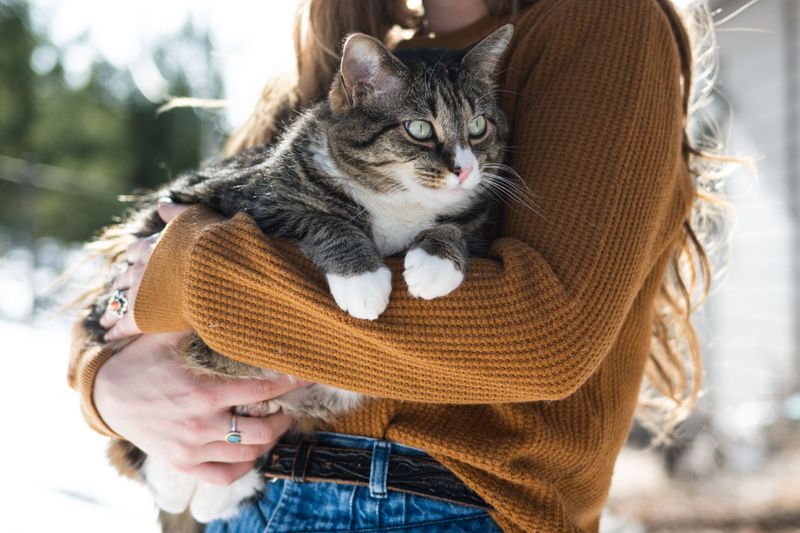
The outdoors can pose several risks to a cat’s safety. Traffic, unfamiliar animals, and potential predators are just a few dangers they may encounter. A momentary lapse in vigilance might lead to accidents or injuries.
Ensuring your cat’s safety requires careful supervision, or possibly using leashes or enclosed areas. It’s vital to be aware of these hazards and take appropriate measures to mitigate them. Consider the risks and prepare accordingly to ensure your cat’s well-being in the unpredictable world outside. Balancing freedom with safety is essential for responsible pet ownership.
Con: Health Risks
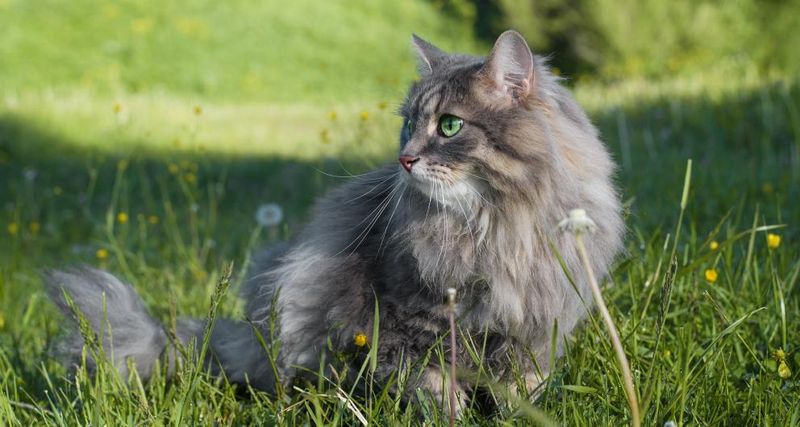
Exposure to the outdoors can lead to potential health risks for cats. Parasites like fleas and ticks, along with diseases such as feline leukemia, are more prevalent outside. Drinking contaminated water or interacting with sick animals can increase the risk of illness.
Regular vaccinations and vet check-ups are essential to safeguard their health. Being aware of these risks and taking preventive actions can help mitigate potential health issues. Balancing outdoor excitement with health precautions ensures a safer adventure for your feline friend, reducing anxiety and promoting peace of mind.
Con: Getting Lost

Cats, being naturally curious, might wander too far from home, leading to situations where they may get lost. Unfamiliar terrain or sudden distractions can make it challenging for them to find their way back.
Ensuring your cat is microchipped and wearing a collar with identification can aid in recovery if they stray. Training them to respond to calls or having a designated safe space can minimize the chance of losing them. Navigating the outdoors responsibly reduces the fear of losing your beloved pet, maintaining peace of mind.
Con: Environmental Hazards
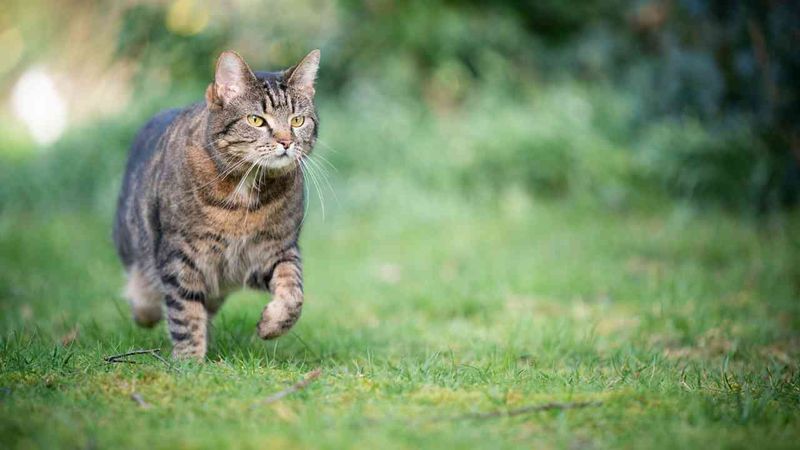
The environment outside can be fraught with hidden dangers. Sharp objects, toxic plants, or harsh weather conditions can pose threats to your cat’s safety. Navigating this terrain requires vigilance and care.
Teaching your cat to recognize and avoid these hazards is essential. Creating a safe outdoor space or supervising their adventures can prevent unwelcome incidents. Understanding the potential environmental threats ensures a safer outdoor experience for your feline, allowing them to explore with confidence and security.
Con: Impact on Wildlife
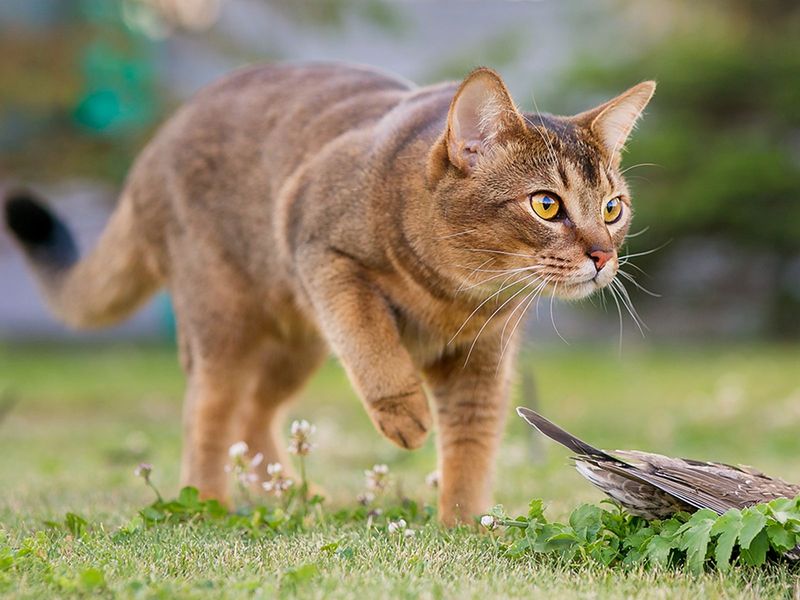
Outdoor cats can have a significant impact on local wildlife, sometimes hunting small birds and mammals. This predatory behavior, while natural, can disrupt local ecosystems, affecting biodiversity balance.
Awareness of these consequences can guide responsible outdoor time for your cat. Providing enrichment indoors or supervised outdoor time can reduce their impact on wildlife. Consider the ecological footprint of your pet’s adventures, ensuring they coexist harmoniously with nature. Balance the joy of exploration with environmental responsibility for a sustainable relationship with the world outside.

